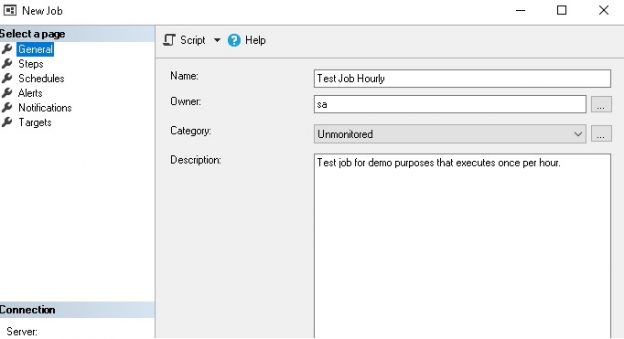
Detecting and Alerting on SQL Server Agent Missed Jobs
February 21, 2019Summary While alerting on failed SQL Server Agent jobs is straightforward, being notified when a job is missed is not a simple or built-in feature.

Summary While alerting on failed SQL Server Agent jobs is straightforward, being notified when a job is missed is not a simple or built-in feature.
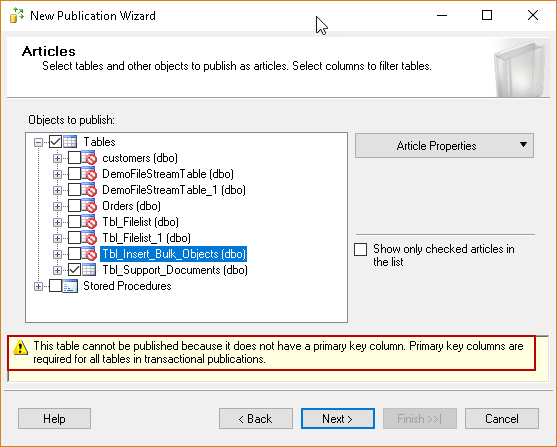
In the previous articles in this series (see TOC at bottom), we wrote about the various feature of the SQL Server FILESTREAM. In SQL Server, we use replication to replicate the articles to the destination server. Consider a scenario in which we have the FILESTREAM database in our environment. We would also have the requirement […]
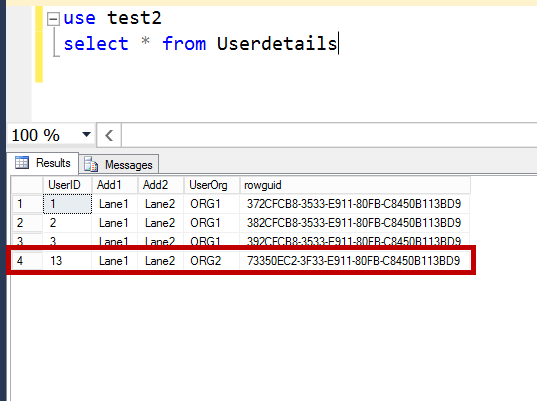
In this article we will discuss about SQL Server Merge Replication Parameterized row filter issues while replicating incremental data changes post initial snapshot.
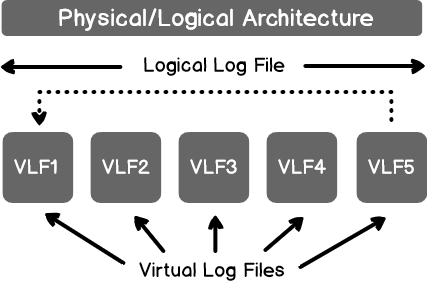
In this article we’ll review SQL Virtual Log files aka SQL Server VLFs, providing an overview and review topics related to size, performance, monitoring and troubleshooting.
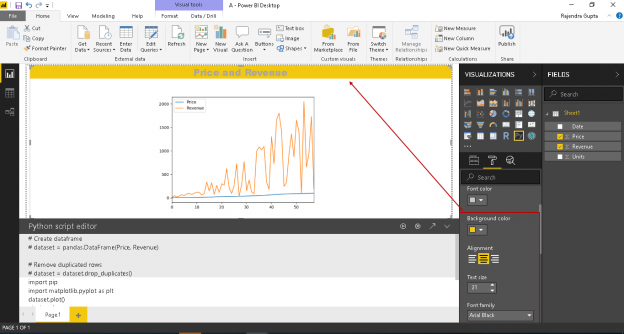
Power BI Desktop helps to visualize complex data with the help of inbuilt and custom visualizations. It allows integrating data from the various data sources and preparing visualization from it. Microsoft recently integrated the Python programming language in the Power BI. Python is a powerful object-oriented language and is used by the data analyst and […]

This article will provide an overview of manually creating a SQL Server audit using SQL Server Extended events and triggers. It will provide an overview of SQL tracing/profiling as well as extended events. I’ll walk you through how to create a new extended events session and how to use it, in a worked example, to […]
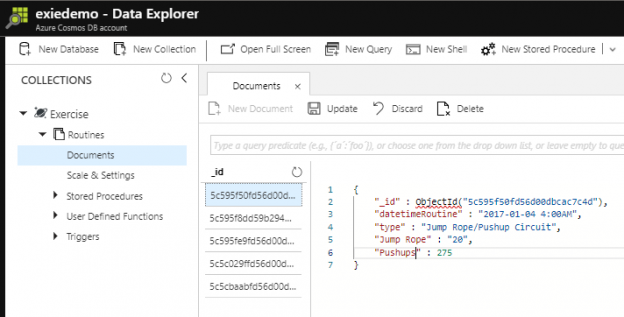
In the first part of this series Getting Started with Azure Cosmos DB, we looked at using Azure Cosmos DB for saving an individual’s fitness routine and why this database structure is better for this data than a SQL database while also showing that we still have to organize our structure like a file system […]
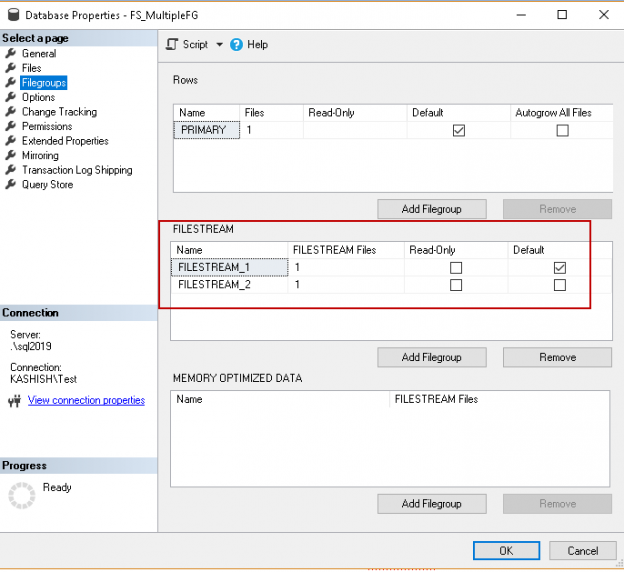
In this series of the SQL Server FILESTREAM (see TOC at bottom), We have gone through various aspects of this feature to store large size objects into the file systems.

This article will cover SQL Server transaction log architecture including file topography, basic overview, review of LSN and MinLSN, and log truncation
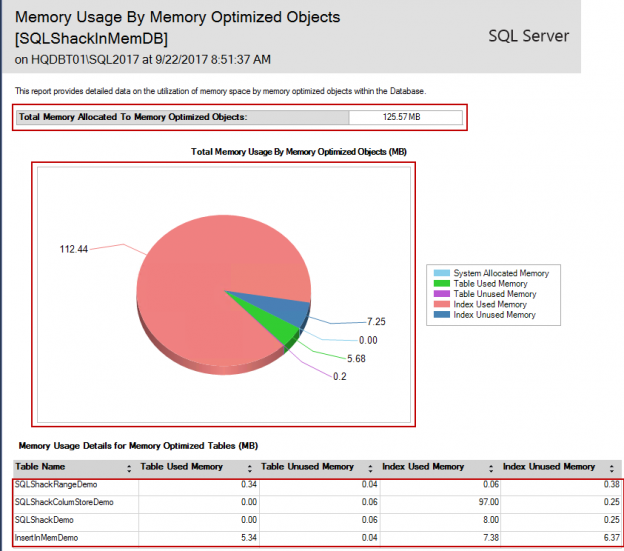
We can use a variety of available options to keep systems performing at their very best. The SQL Server In-Memory OLTP technological advancement is a great innovation to relieve tempdb contentions. This feature is available with an additional advantage to monitor systems without incurring stress on the database servers.
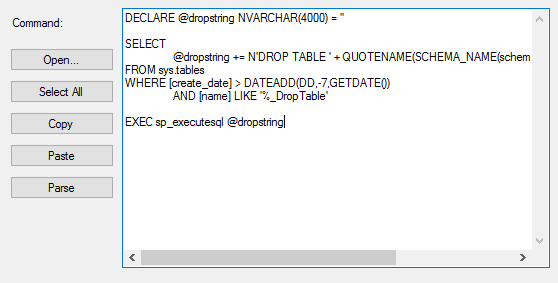
In this article, the latest in our series on Common table expressions, we’ll review CTE SQL Deletes including analyzing the operation before the delete, actually removing the data as well as organizing and ordering the deletes with CTEs.

In CTEs in SQL Server; Querying Common Table Expressions the first article of this series, we looked at creating common table expressions for select statements to help us organize data. This can be useful in aggregates, partition-based selections from within data, or for calculations where ordering data within groups can help us. We also saw […]
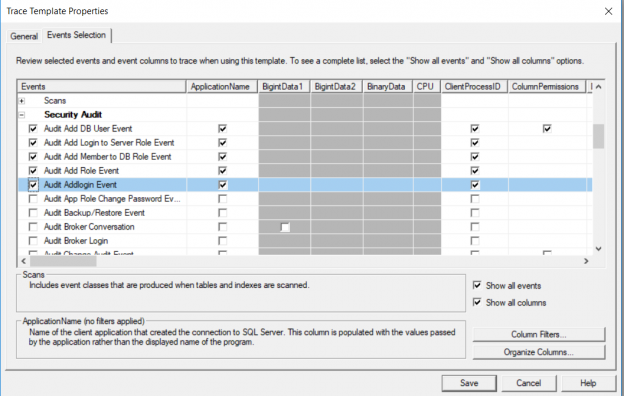
A SQL Server audit can be performed using various number of methods. This includes using the built-in SQL Server Audit feature, using third party tools from the SQL Server market or simply perform the audit task using the legacy methods manually. In the previous article of this series, SQL Server audit overview, we discussed the […]
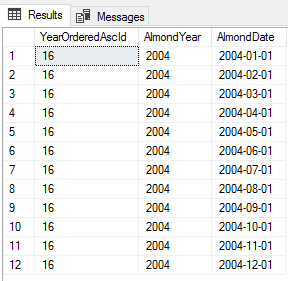
Common table expressions (CTEs) in SQL Server provide us with a tool that allows us to design and organize queries in ways that may allow faster development, troubleshooting, and improve performance. In the first part of this series, we’ll look at querying against these with a practice data set. From examples of wrapped query checks […]
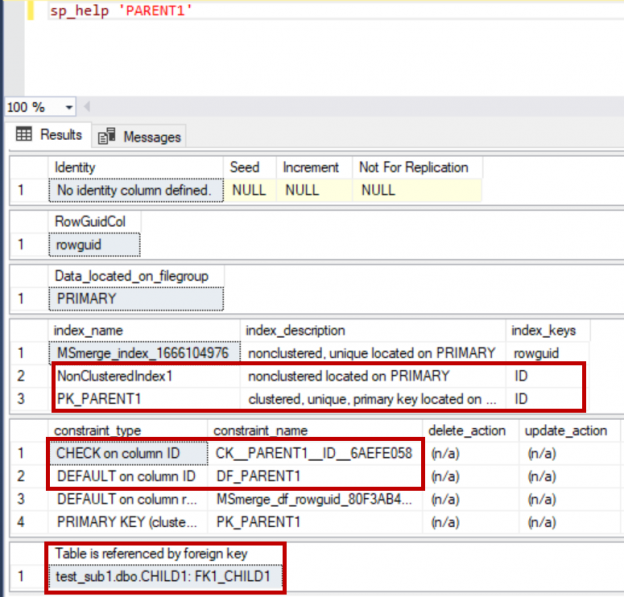
This article will show how triggers, indexes, constraints and foreign keys will replicate in snapshot and after snapshot in SQL Server replication.
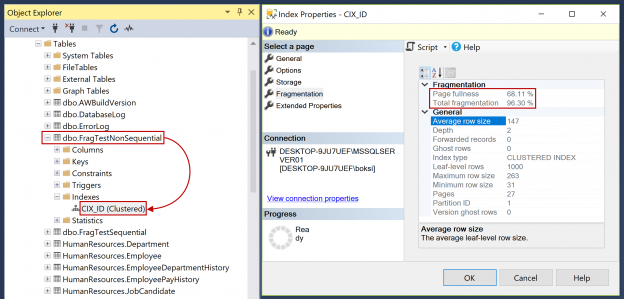
One of the main DBA responsibilities is to ensure databases to perform optimally. The most efficient way to do this is through indexes. SQL indexes are one of the greatest resources when it comes to performance gain. However, the thing about indexes is that they degrade over time.
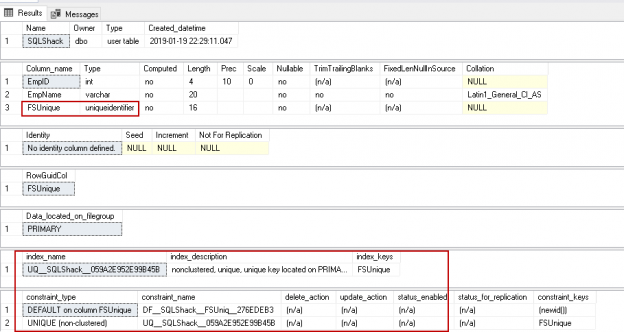
SQL Server FILESTREAM is a great feature to store unstructured data into the file system with the metadata into SQL Server database. In the article, FILESTREAM in SQL Server, we wrote to enable the FILESTREAM feature at the instance level. We created the new database for the FILESTREAM and insert sample data into it in […]
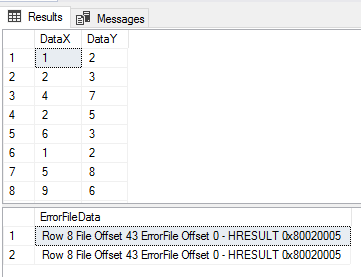
This article will cover SQL bulk insert operations deterministic outcomes and responses covering not allowing any bad data to allowing all data to be inserted, regardless of errors.
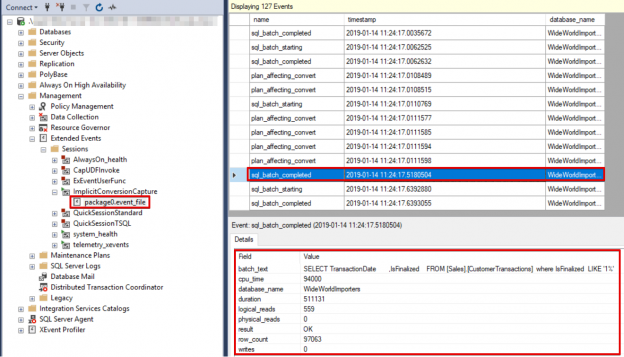
This article will provide an overview of SQL Server implicit conversion including data type precedence and conversion tables, implicit conversion examples and means to detect occurrences of implicit conversion
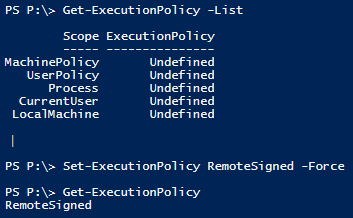
This article will provide an overview of SQL Power Doc, a powerful script to document SQL Server, including pre-requisites, purpose, installation, processing and output.
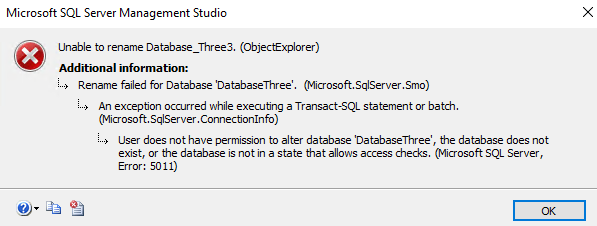
In this article, we’ll discuss security implications of using SQL Bulk Insert and how to mitigate those risks.
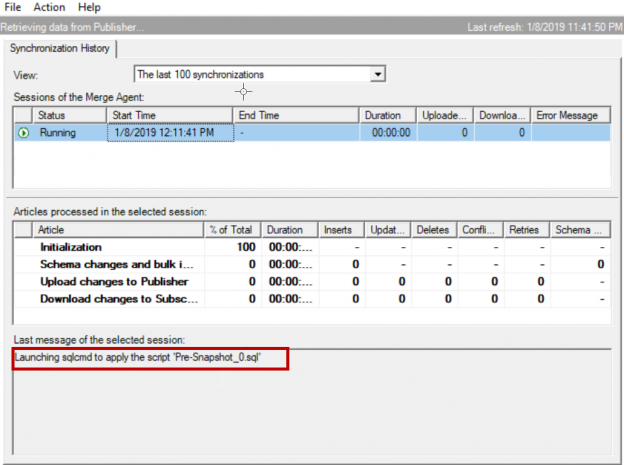
This article will review specific SQL Server merge replication issues related to foreign keys and schema snapshots
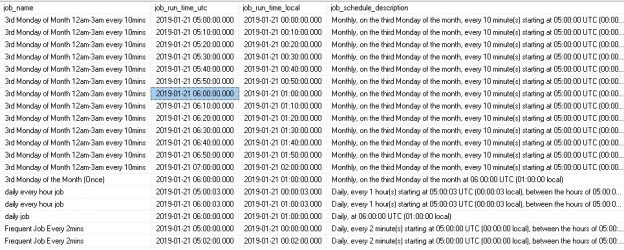
Summary SQL Server Agent allows us to create jobs and assign any number of schedules to them. This allows for great flexibility when deciding when jobs should run. Over time, as the number of jobs and schedules increase on a given SQL Server, it can become challenging to fully understand when and how often jobs […]
Problem In our environment we use SQL Server merge replication to replicate data to multiple subscribers. We had a situation where a table needs to be part of merge replication and the table has more than 246 columns. Merge replication supports tables with maximum of 246 columns. In this article let us see how to […]
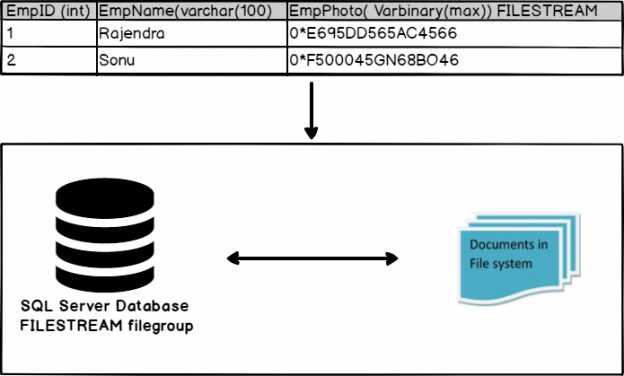
This article will discuss SQL Server FILESTREAM including installation, configuration, enabling and general considerations.
© Quest Software Inc. ALL RIGHTS RESERVED. | GDPR | Terms of Use | Privacy